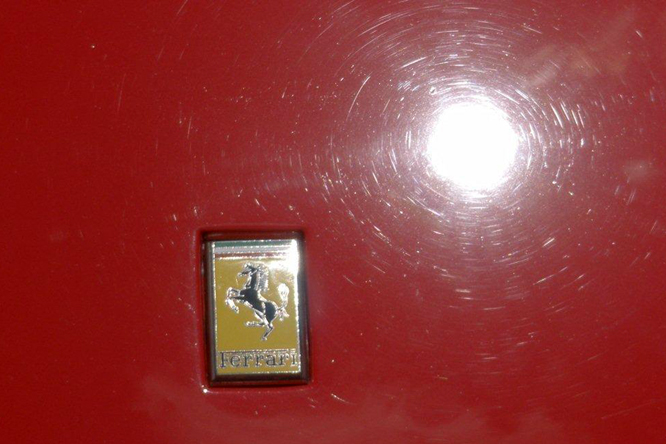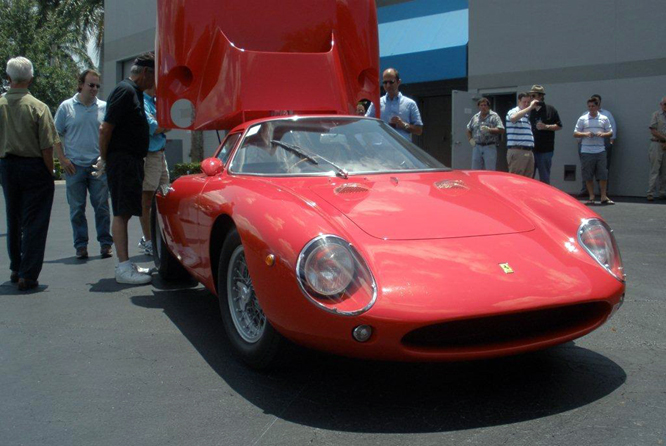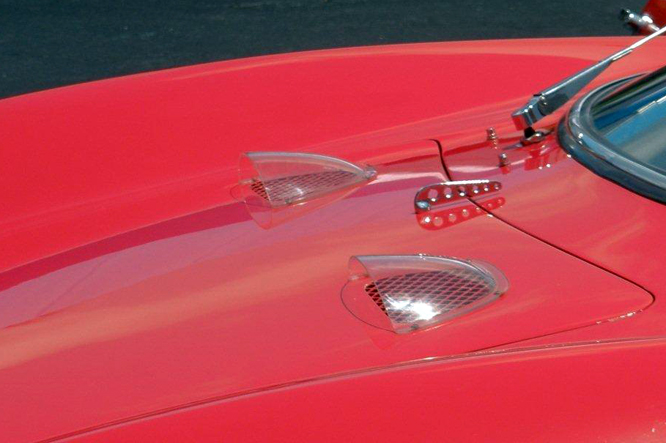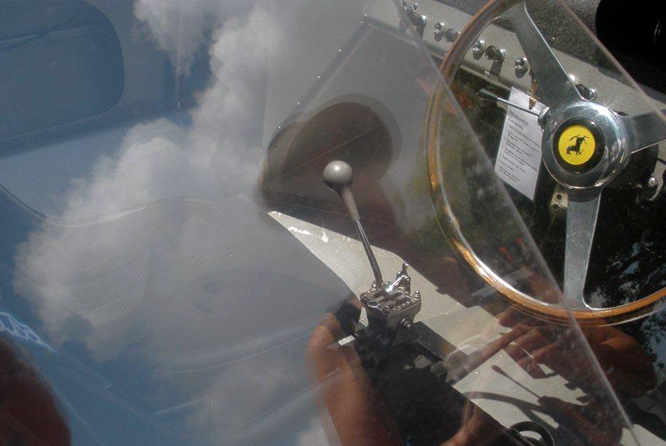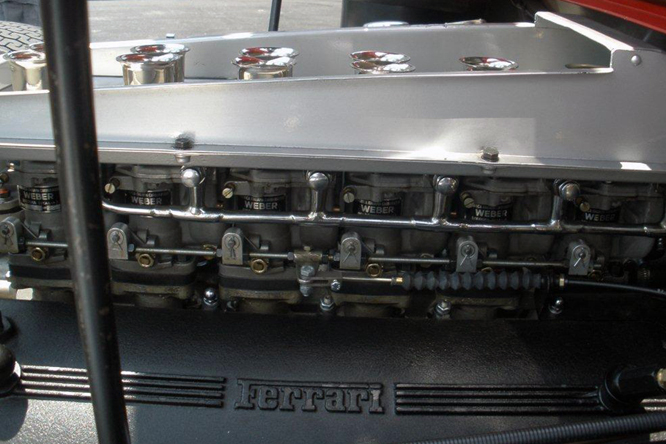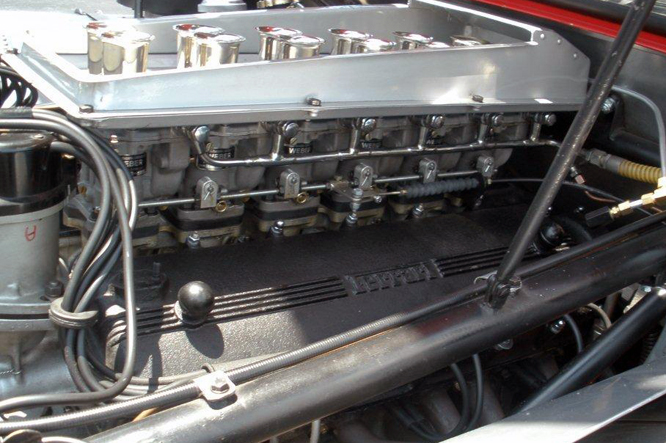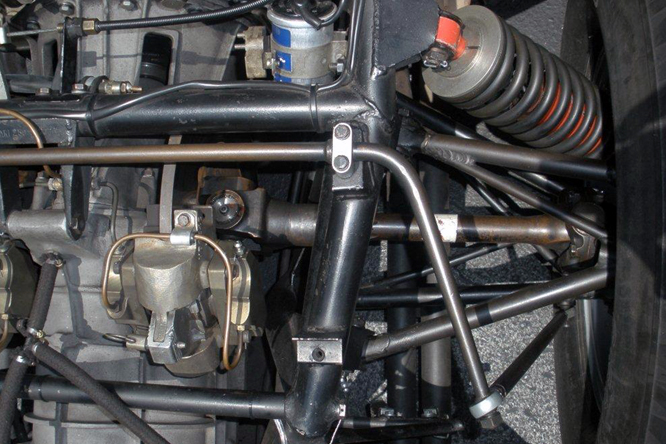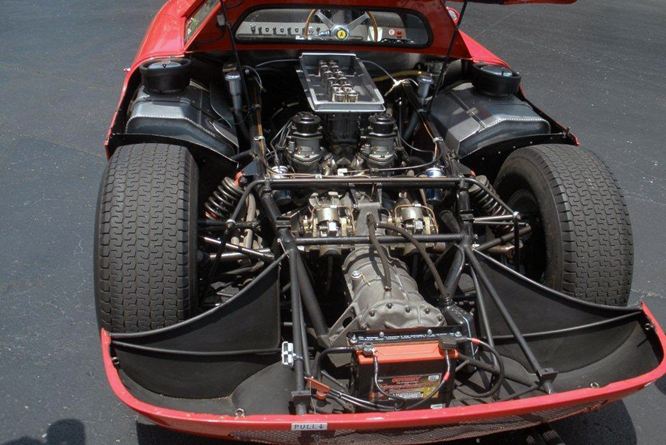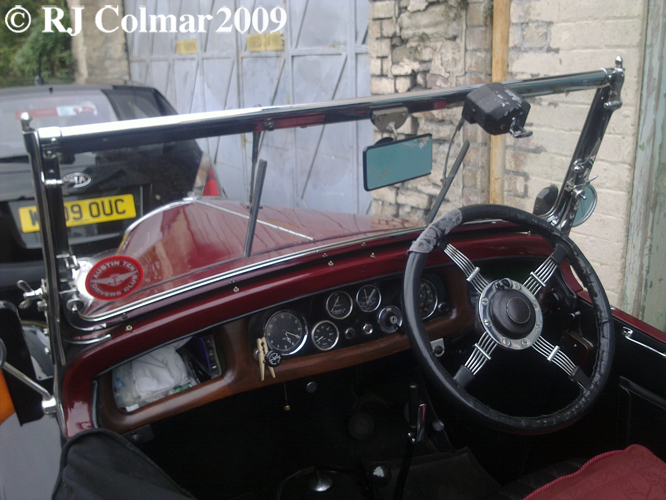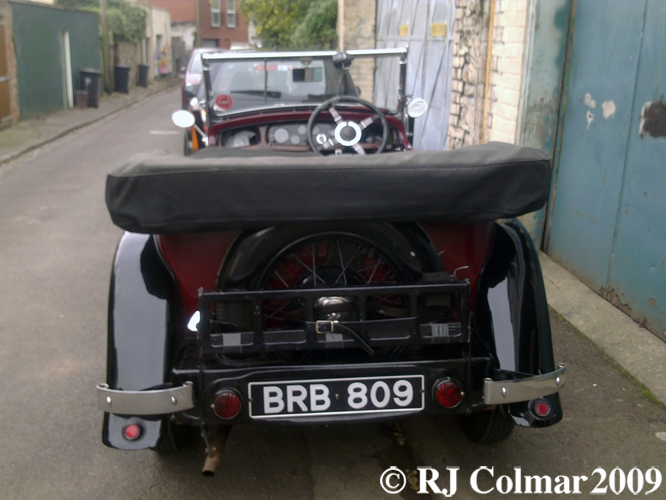The Lotus 88 was a development from the ideas tested with the twin chassis Lotus 86. It differed, and was developed, in two crucial respects from the Lotus 86 it was designed to run with out skirts to seal the flow of air and would meet the 6 cm minimum ride height mandated by rules around late in 1980 for the 1981 season.
By having a secondary independently sprung chassis Lotus hoped to avoid the need to run their car with solid suspension which aided the road holding of ground effects pioneered by the Lotus Ford 79 which were sucked to the road surface as they moved through the air.
Gordon Murray designer at Brabham also came up with a solution to the 6 cm ride height rule which involved using hydraulic rams to raise the car above the minimum ride height in the pits, the only place the measurement could be checked, and lowering the ride height out once out on the track. This left the Brabham running effectively solid suspension once out of pit road.
All of the teams protested that the second Lotus chassis was in fact an independently aerodynamic aid and eventually the ruling body changed it’s mind having accepted the idea of a twin chassis car before the season started.
As a consequence after being protested during practice for the the United States West, Brazilian and British Grand Prix Lotus withdrew the 88 bodies with out ever having raced and used the more conventional Lotus 87 which used inner Lotus 88 chassis but with conventional side pods to generate ground effect and a similar hydraulic ram system for the suspension as used by Brabham.
Colin Chapman is said to have been disappointed that the twin chassis Formula One cars developed with Peter Wright, Tony Rudd and Martin Ogilvie were never allowed to compete believing that Formula One was supposed to be a proving ground for new innovation.
Thanks for joining me on this “Chassis or Aerodynamic Aid” edition of “Gettin’ a li’l psycho on tyres”, I hope you will join me again tomorrow. Don’t for get to come back now !




